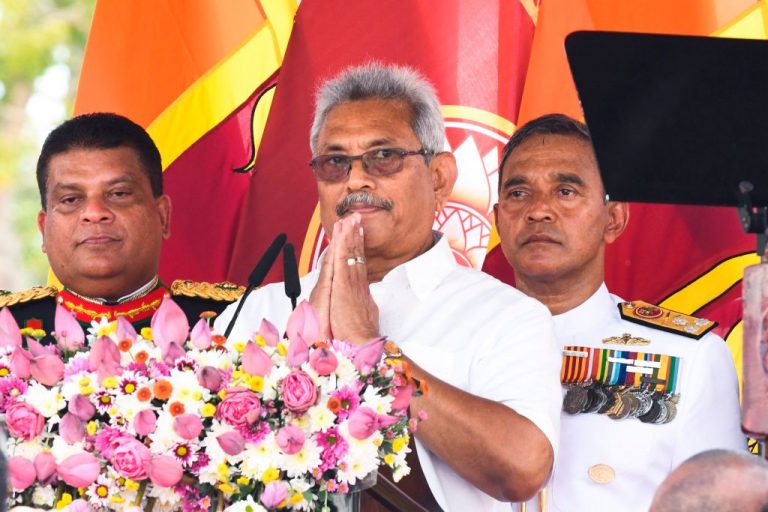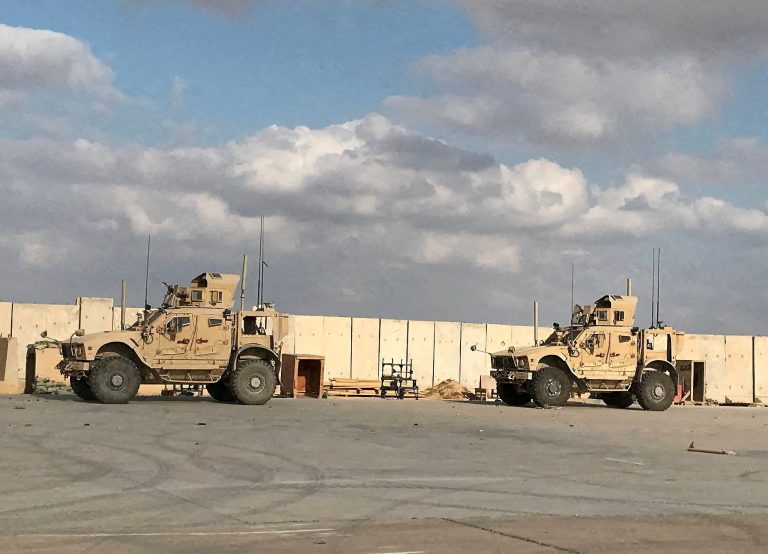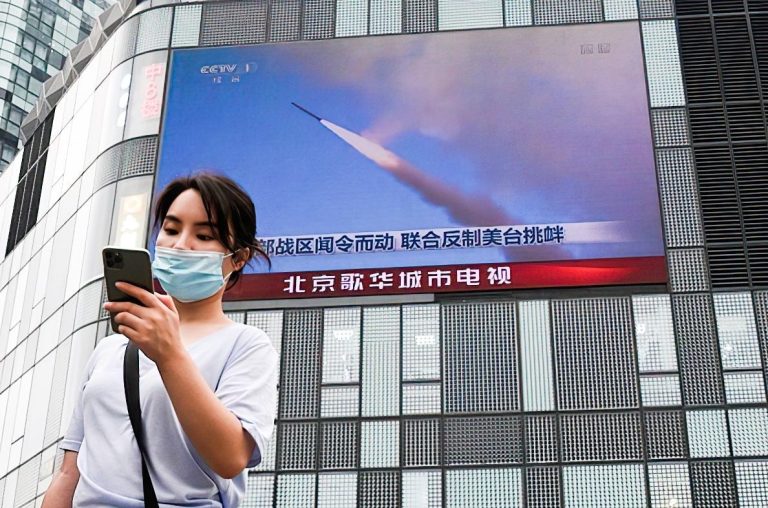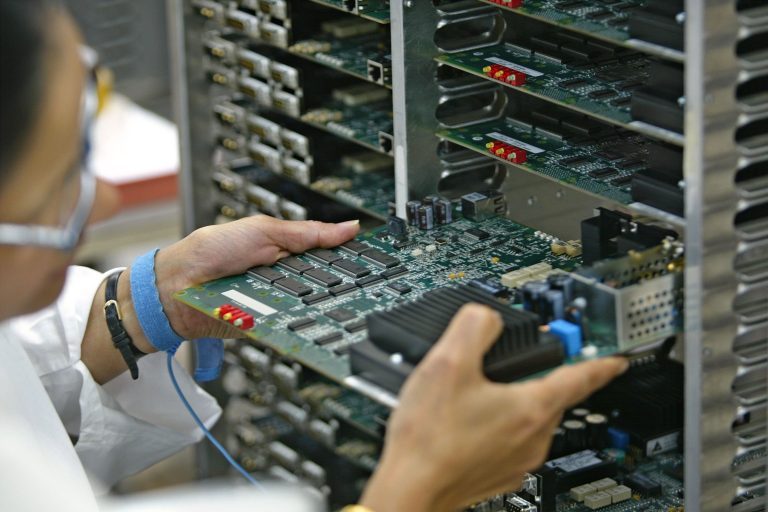The president of Sri Lanka has asked Beijing to restructure its debt repayments as part of efforts to help the South Asian country navigate a worsening financial crisis.
President Gotabaya Rajapaksa made the request during a meeting with Chinese foreign minister Wang Yi on Jan. 9. The meeting comes at a time when international ratings agencies have hinted at the possibility of Sri Lanka defaulting on its debt.
The island’s tourism-dependent economy has been hammered by the pandemic and its depleted foreign exchange reserves have led to food rationing at supermarkets and shortages of essential supplies. Critics also say rampant corruption within its government has contributed to large amounts of capital being used for unnecessary schemes with low returns.
Sri Lanka is facing one of its worst economic crises to date. It has to repay $4.5 billion in foreign debt this year starting with a $500 million international sovereign bond due on Jan. 18 and an additional $1 billion in July.
The country’s central bank has repeatedly assured investors that all of its debt repayments will be met and said funds for this month’s bond repayment have already been allocated.
China is Sri Lanka’s largest bilateral lender
Success
You are now signed up for our newsletter
Success
Check your email to complete sign up
In the last decade, Beijing has lent Sri Lanka over $5 billion for projects aimed at improving the country’s infrastructure — including roads, an airport and ports. After being unable to repay a $1.4 billion loan for the construction of one of these ports in 2017, the Sri Lankan government was forced to lease the facility to a Chinese enterprise for 99 years.
“The president pointed out that it would be a great relief to the country if attention could be paid on restructuring the debt repayments as a solution to the economic crisis that has arisen in the face of the Covid-19 pandemic,” Rajapaksa’s office said in a statement released on Jan. 9.
The statement also added that China was asked to provide “concessional” terms for its exports to Sri Lanka, which amounted to approximately $3.5 billion last year, without providing further details.
Sri Lanka’s foreign reserves dropped to just $1.5 billion at the end of November – enough to pay for only about a month’s worth of imports. Furthermore, the island’s main energy provider began rationing electricity on Jan. 7 after running out of foreign currency to import oil in order to operate its thermal generators.
As of April 2021, China accounted for about 10 percent of Sri Lanka’s $35 billion foreign debt, according to government data. However, financial experts say China’s total lending could be much higher when taking into account loans given to state-owned enterprises and the country’s central bank.
‘Technically we can claim we are bankrupt now’
Before the pandemic, China was one of Sri Lanka’s main sources of tourism and imported goods. Tourism accounts for over 12 percent of the country’s overall GDP and has struggled to regain balance in this sector since the pandemic began in 2020.
During Sunday’s meeting with Wang, Rajapaksa offered to allow Chinese tourists to return to Sri Lanka provided they adhere to strict COVID-19 regulations.
“Technically we can claim we are bankrupt now,” Muttukrishna Sarvananthan, principal researcher at the Point Pedro Institute of Development said. “When your net external foreign assets have been in the red, that means you are technically bankrupt.”
Western concerns
Sri Lanka is a key part of China’s Belt and Road Initiative, a long-term plan to fund and build infrastructure linking China to the rest of the world. Some experts have pointed out that China’s control of the Hambantota port, located along vital east-west international shipping routes, could give it a military advantage in the Indian Ocean.
Last month, it was also reported that China’s People’s Liberation Army (PLA) Navy has been scoping the Central African country of Equatorial Guinea in hopes of establishing its first permanent military presence on the Atlantic Ocean.
China’s military base in Africa, if granted permission, would be the PLA’s second installation in Africa, after a US$590 million facility it currently operates in Djibouti. That base gives the PLA valuable access to the Gulf of Aden and the Suez Canal. Approximately 30 percent of the world’s seaborne petroleum and natural gas pass through these vital waterways everyday.
Some countries, including the U.S., have expressed concerns that the project is a “debt trap” for smaller and poorer nations.
READ MORE:
China Eyeing First Atlantic Military Base in Africa













